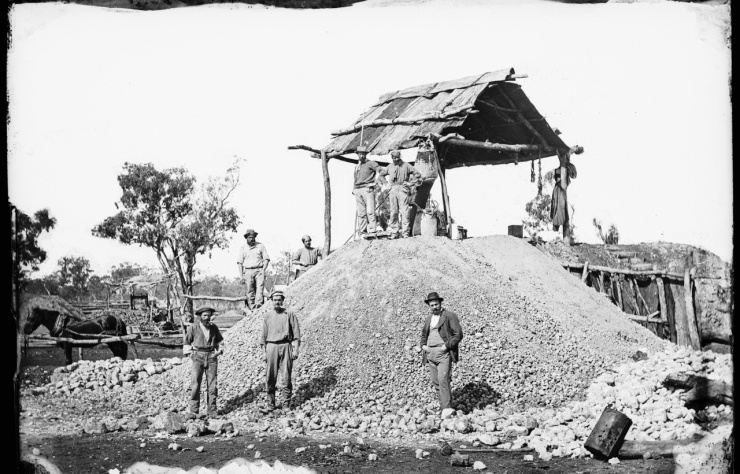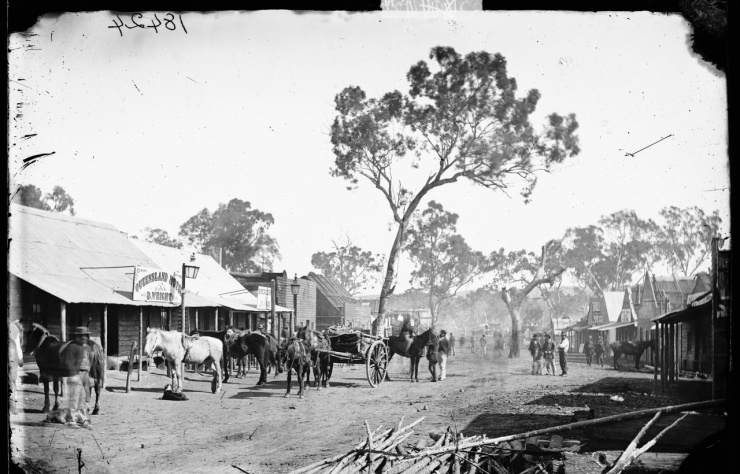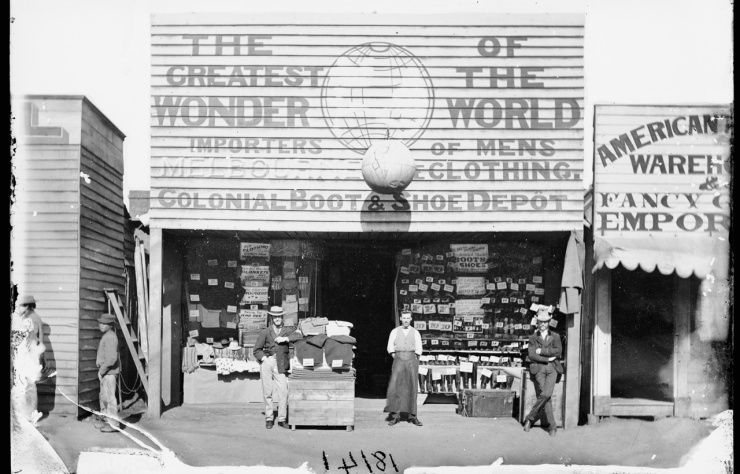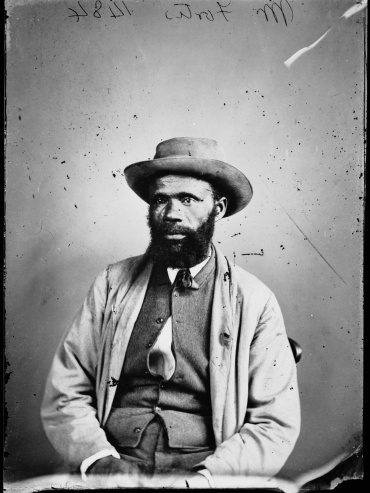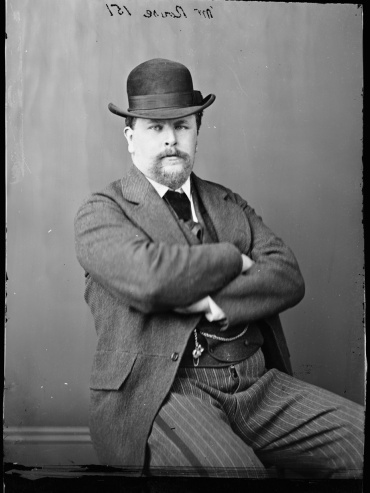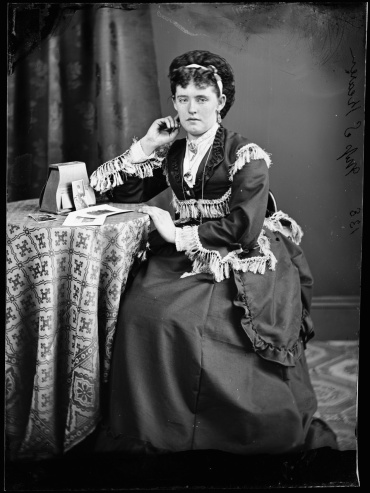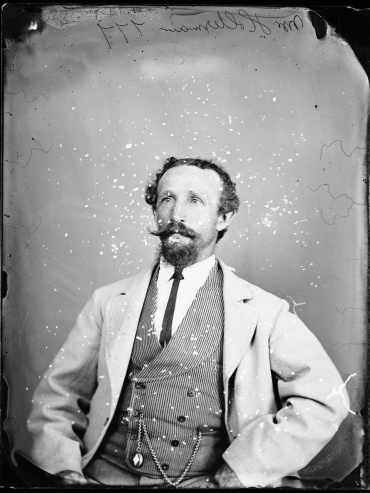The Museum Photographs
Our Holtermann CollectionThe Holtermann Collection of Photographs is a unique cultural and social archive of world significance housed in the State Library of NSW. It comprises some 3,500 glass plate negatives of varying sizes depicting life in Australia’s cities, towns and villages during the second half of the nineteenth century. Of particular importance are the many photographs which detail life on the goldfields during the 1860’s and 70’s and the newfound wealth this brought to the burgeoning colony. Primarily the work of Beaufoy Merlin and Charles Bayliss, much of the credit also goes to Bernhard Holtermann whose later patronage and association with the two photographers kept the collection intact and ensure its preservation for future generations to enjoy and appreciate.
The Gulgong Holtermann Museum holds a set of 572 very high resolution images from the collection that show the minute detail of the photographs taken in 1872 in and around Gulgong and associated goldfields. The high resolutions are possible as the entire glass plate is the negative, much larger than a 35mm negative.
Merlin’s photographs clearly show Gulgong’s uniqueness and those things which characterised it as a poor-man’s goldfield. Since there were large amounts of gold close enough to the surface to be mined with just a few basic tools, and a pan or sluice, rather than the heavy machinery needed for deep reef gold mining, it was possible for any man, on his own, or in the company of a couple of mates, to join the rush.
The use of the term poor-man’s goldfield, far from being a derogatory one, was used to acknowledge the differences between large rich and usually hard rock mining fields, like Hill End, where fortunes were made and lost, and those fields, like Gulgong, where the returns were low but steady. These differences were not only in the value of the gold to be found but also in the use of capital and technology, in the very nature of the settlements, and indeed the people themselves who were attracted to these diggings.
Merlin’s camera very clearly recorded life on the Gulgong diggings and his photographs show the juxtaposition of the mining activity with the day to day lives of the people. Many women and children lived on the Gulgong goldfields and the family group was often critical to the success of mining with the assistance of other forms of subsistence labour.

